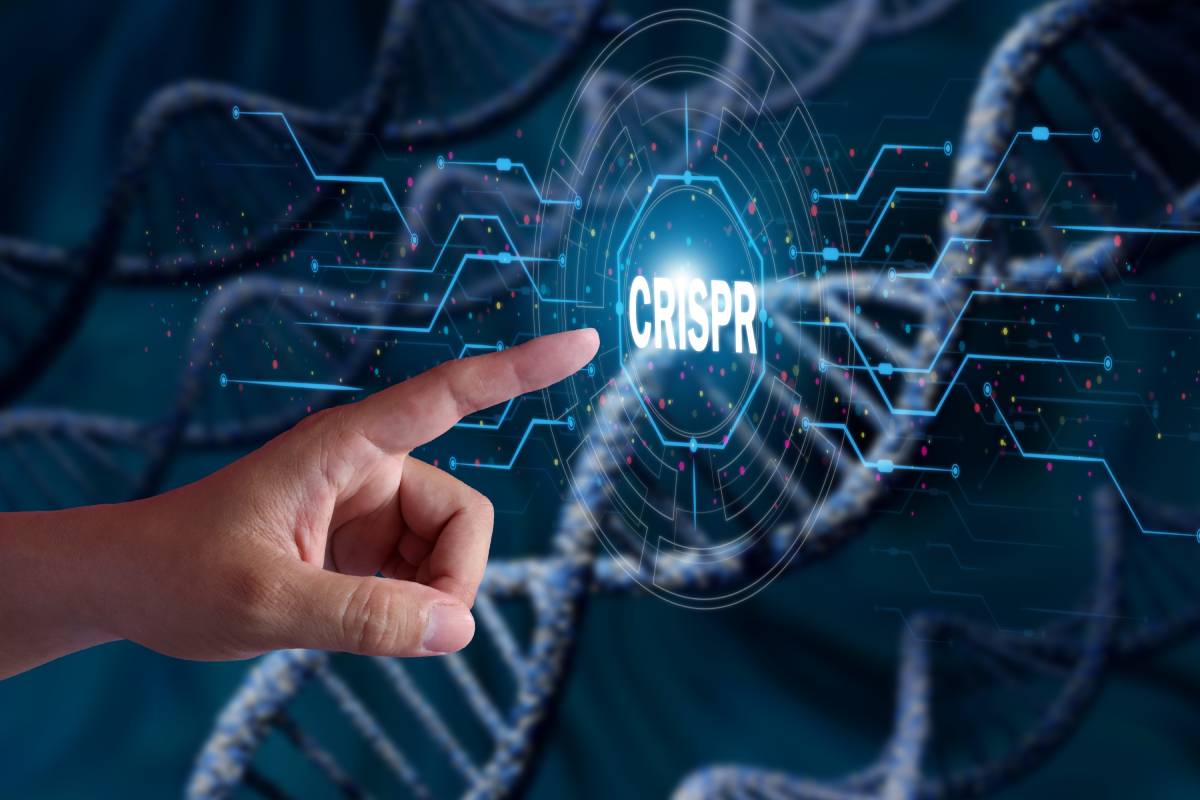Gene therapy involves the introduction of exogenous genes into autologous or allogeneic cell types, often referred to as transgenes, to address various medical conditions. This therapeutic approach is either in clinical use or under investigation for a range of disorders. Gene editing is an investigational method that focuses on making precise alterations to the endogenous genomic sequence of a cell, allowing for targeted modifications to correct genetic variants or influence biological processes. Unlike gene therapy, which introduces a new gene in a separate vector, gene editing directly alters the cell’s native genomic sequence. It is a sequence-specific process, aiming for highly specific genomic alterations. Target cells can include multipotent stem cells, differentiated somatic cells, or embryonic stem cells. With the development of CRISPR, science became much closer to realizing the therapeutic potential of gene editing. Preclinical studies have explored gene editing in various cell types.
The process of editing a genetic sequence involves cutting the DNA, either as a single strand or by introducing a double-strand break (DSB) using an endonuclease enzyme. The cut ends are then repaired, replacing the original DNA sequence with a new, altered sequence introduced through a template delivered into the target cell along with the endonuclease enzyme. For gene editing to be effective and safe, precision in DNA recognition, cleavage, and repair is crucial. The goal is to achieve exact, in-frame changes with no off-target effects. CRISPR-Cas9 is a prominent tool in gene editing, utilizing a guide RNA (gRNA) to direct the Cas9 endonuclease to specific DNA sequences. Cas9 and gRNA can be delivered into cells using various vectors, both viral and nonviral.
Although gene editing is not yet in routine clinical use, the United Kingdom approved one gene editing construct in 2023, and a few patients have been treated with other constructs, primarily as part of research studies. Examples of approved and investigational clinical applications include: 1) Sickle cell disease and beta thalassemia: The UK approved a gene editing-based treatment targeting BCL11A in hematopoietic stem cells to address these monogenic disorders. Studies have shown promising results in patients with sickle cell disease and beta thalassemia. 2) CAR-T-based cancer therapies: Clinical trials using CRISPR-edited chimeric antigen receptor (CAR)-T cells for cancer therapy have been ongoing since 2018, with several therapies receiving FDA approval. Though full applications are few at the moment, research successes so far highlight the therapeutic potential of CRISPR gene editing.
Concerns regarding gene editing include the potential for off-target effects, which can result in cellular toxicity or cancer development. Efforts are underway to enhance specificity and reduce off-target effects. Factors such as the dose of gene therapy construct, expression patterns, and the type and differentiation stage of edited cells also influence gene editing’s specificity. A study in 2018 highlighted that cells with a wild-type p53 gene have reduced efficiency of gene editing, raising concerns about the potential risk of cancer transformation in cells with mutant p53. Moreover, there’s a possibility of the recipient’s immune system mounting an adaptive response to the corrected gene, which could lead to adverse effects.
The ethical implications of gene editing in human gametes or embryos, particularly in modifying the germline, raise significant concerns. These include issues related to consent, differentiation between research and clinical applications, equitable access, potential nontherapeutic modifications, unforeseen adverse effects, effects on future generations, and the potential for discrimination based on health risks or enhanced performance.
References
1. Murugan K, Babu K, Sundaresan R, et al. The Revolution Continues: Newly Discovered Systems Expand the CRISPR-Cas Toolkit. Mol Cell 2017; 68:15.
2. Abramowski-Mock U, Delhove JM, Qasim W. Gene Modified T Cell Therapies for Hematological Malignancies. Hematol Oncol Clin North Am 2017; 31:913.
3. https://www.broadinstitute.org/what-broad/areas-focus/project-spotlight/questions-and-answers-about-crispr.
4. Anzalone AV, Randolph PB, Davis JR, et al. Search-and-replace genome editing without double-strand breaks or donor DNA. Nature 2019; 576:149.
5. Ando D, Meyer K. Gene Editing: Regulatory and Translation to Clinic. Hematol Oncol Clin North Am 2017; 31:797.
6. Eid A, Mahfouz MM. Genome editing: the road of CRISPR/Cas9 from bench to clinic. Exp Mol Med 2016; 48:e265.
7. Smith AJ, Carter SP, Kennedy BN. Genome editing: the breakthrough technology for inherited retinal disease? Expert Opin Biol Ther 2017; 17:1245.
8. Miller JC, Tan S, Qiao G, et al. A TALE nuclease architecture for efficient genome editing. Nat Biotechnol 2011; 29:143.
